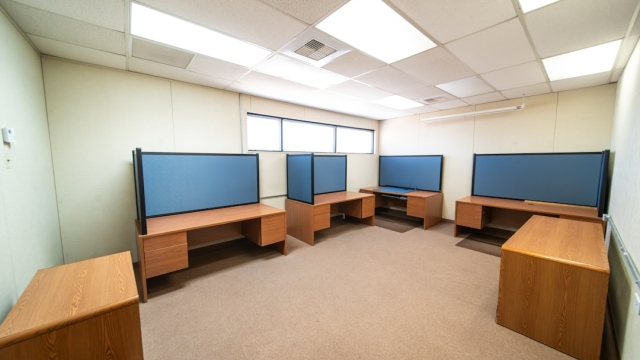Principles of Effective Learning Space Design
In the realm of education, the physical environment plays a crucial role in shaping the learning experience. learning space design refers to the thoughtful planning and arrangement of educational environments to promote effective teaching and learning. An effective learning space can enhance student engagement, foster collaboration, and support diverse learning styles. As educators and administrators seek to create spaces that facilitate these outcomes, understanding the principles of effective design becomes essential.
Principles of Effective Learning Space Design
At the core of effective learning space design are several key principles that guide the creation of environments conducive to learning. A user-centered approach is paramount, focusing on the needs and preferences of the students and educators who will inhabit the space. This involves considering factors such as comfort, accessibility, and the variety of activities that will take place within the environment.
Flexibility is another critical principle. Learning spaces should be designed to accommodate a range of teaching methods and learning styles. This can be achieved through movable furniture, adaptable layouts, and the incorporation of technology that supports both individual and collaborative work. Spaces should encourage interaction among students, promoting a sense of community and teamwork.
Additionally, integrating natural elements into the design can significantly enhance the learning environment. Access to natural light, greenery, and outdoor spaces has been shown to improve mood and cognitive function, making these elements vital considerations in planning learning spaces. Creating zones for different types of activities—such as quiet study areas, group collaboration spaces, and hands-on learning zones—also contributes to a well-rounded educational environment.
Current Trends in Learning Environment Design
As educators continue to explore effective learning space design, several trends have emerged that reflect a shift towards more dynamic and engaging environments. One notable trend is the use of flexible furniture. Desks and chairs that can be rearranged easily allow educators to transform the space quickly for different teaching approaches, whether that involves group work, lectures, or independent study. This adaptability not only supports various pedagogical strategies but also encourages students to take ownership of their learning environment.
Another trend is the integration of technology within learning spaces. This can include interactive whiteboards, sound systems, and advanced audio-visual solutions that enhance the teaching experience. For example, utilizing quality audio-visual systems can facilitate presentations and collaborative projects, making lessons more engaging and accessible. Schools are increasingly recognizing the importance of equipping spaces with the right technology to foster a rich learning experience. For more on audio and visual solutions tailored for educational environments, visit dedms.com.
Case Studies of Innovative Learning Spaces
Examining successful examples of learning space design can provide valuable insights into effective practices. One notable case is the redesign of a traditional classroom into a flexible learning studio. In this environment, movable furniture and writable walls enabled students to collaborate on projects, while breakout areas allowed for focused individual work. As a result, student engagement increased significantly, with many reporting improved collaboration and communication skills.
Another example is the integration of outdoor learning spaces within school campuses. By creating outdoor classrooms and gardens, educators have observed enhanced student well-being and engagement. These spaces not only offer unique learning opportunities but also promote physical activity and connection with nature, which are essential for holistic development.
Overall, the careful consideration of learning space design can lead to transformative educational experiences. By adhering to established principles, embracing current trends, and learning from successful case studies, educators can create environments that truly support and inspire students in their learning journeys.



